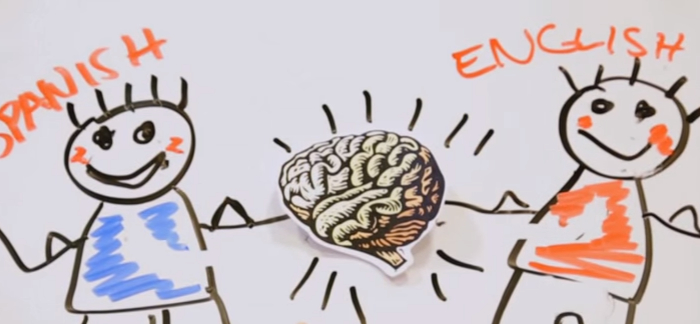Bilingual Education is a general term for teaching programs in schools that make use of two languages for instruction. The dual language approach is actually very efficient in developing both literacy and language proficiency in English or the native language as well as the chosen partnered language in both local and foreign students.
Examples of Bilingual Education Models:
Two-Way or Dual Language Immersion – cultivates bilingual or biliterate proficiency by immersing students to a 90% non-native instruction and 10% English or native instruction teaching program
Transitional – this approach ensures that students properly learn their content subjects like mathematics and science for the first three years to properly facilitate transition no non-native language later; this aids proper development of non-native language literacy skills because students are already familiar with the subject matters
Late-Exit or Developmental – similar to transitional approach but the accompanying language is English; students learn the subject matter in their native language first to properly develop literacy in English later on
The Bilingual Education teaching program cultivates valuable skills and develops proficiency in English and partnered languages not just in students but also in the communities in which they reside. It is also a great way to introduce or have students get acquainted with other cultures. Many schools in many different countries around the world have already adopted the Bilingual Education approach. However, it isn’t without controversy. In the United States, the Supreme Court disputes the effectiveness of Bilingual Education as compared to Structured English Immersion for English Language Learners. Some also claim that it undermines the English language entirely by giving instructions primarily in non-native languages.
List of Pros of Bilingual Education
1. Bilingual Proficiency is a Necessary Skill
Considering that the population of minority language speaking individuals is fast on the rise, biliteracy and bilingual proficiency is quickly becoming a necessary skill especially in the work place. Companies and corporations will soon be hiring individuals who can speak two languages that can expertly communicate and deal with non-native or foreign speaking clientele. Given that young minds are flexible enough to learn something as complex as a second language as compared to adults, starting them young will be greatly beneficial in future.
2. Paves the Way for Learning Additional Languages
Having mastered a second language makes it easy for the child to learn a third or even a fourth language. Since they already know the amount of focus and attention as well as the steps to the learning process they may easily apply this on their future attempts.
3. Host of Personality Benefits
Learning a second language gives the child a personality boost like giving them a sense of accomplishment for successfully completing the task, developing a high self-esteem for mastering a new skill, decreasing loneliness and anxiety because they can communicate with a larger group of people and even lessening aggression because they are allowed to understand a different culture.
4. Produces Well-Rounded Students
Bilingual Education gives their students a holistic learning experience because it offers something more over conventional approaches. Having the child get acquitted with another language opens other doors for the child to expand.
List of Cons of Bilingual Education
1. An Expensive Teaching Program
Funding foreign language programs can be difficult for some schools and learning institutions. It also is not a guarantee that every student will take to the program well and if they do not end up learning, it would be a waste of money and resources.
2. Non-Native or Foreign Language Students May Have a Difficult Time Assimilating
Much of the controversy that surrounds the Bilingual Education programs is its express ability to widen cultural gaps as it can bridge them. If not done properly, some foreign speaking student will not be able to cope with the dual language structure and likewise, ELL students may just end up getting confused.
3. Students Have a Difficult Time Focusing on Other Areas of Learning
It takes quite a lot of effort to learn another language, particularly a language that is drastically different from your native tongue. Some people think that children may run the risk of not being able to properly give attention to other skills in favor of focusing entirely on mastering the foreign language being taught because it is integral to mastering the subject matter that is instructed in the said language.
4. Not Enough Qualified Teachers Available
Sadly, there aren’t a lot of teachers that are qualified to teach in dual language programs because it requires great skill and expertise to properly execute the program properly as well as great patience to identify and address issues that may arise. Creating and applying a conventional lesson plan already involves a lot of work, meaning teachers are often times too busy to master and teach a second language at the same time.




